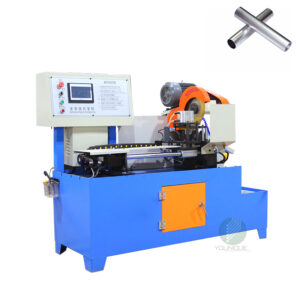I used to think automation was just about reducing labor costs. But once I started measuring its real returns, I realized it could completely reshape how I operate my business.
Yes, automation ROI (Return on Investment) can drive real business transformation. It helps companies save time, reduce errors, and increase efficiency. Calculating ROI shows whether automation adds tangible value.
Many businesses hesitate to automate because they aren’t sure how to measure its impact. But with a clear ROI calculation, you can confidently decide where to invest.
Calculating ROI for automation can seem complex. I’ve been there. You spend money upfront and hope for gains later. But how do you know if it’s working?
You calculate automation ROI by comparing the cost of automation tools with the value of time and resources saved. A simple formula is: (Gains – Costs) / Costs.


To calculate automation ROI, follow this table:
| Step | Description | Example |
|---|---|---|
| 1 | Identify costs | Software = $5,000/year, Setup = $2,000 |
| 2 | Measure gains | Time saved = 200 hours/year, Value = $10,000 |
| 3 | Calculate ROI | ($10,000 – $7,000) / $7,000 = 0.43 or 43% |
Keep in mind:
The more detailed your tracking, the clearer your ROI picture becomes.
I learned quickly that ROI isn’t only about software cost and time savings. Many small details affect how quickly automation pays off.
Several factors affect automation ROI, including the complexity of tasks automated, employee training, integration costs, and how often the tool is used.
| Factor | How It Impacts ROI |
| Task Complexity | Simpler tasks yield faster ROI; complex ones need time to scale. |
| Integration | Seamless integration reduces downtime and costs. |
| Training | Better training means faster adoption and more savings. |
| Tool Utilization | Frequent use amplifies ROI; unused tools drain money. |
| Error Reduction | Reducing mistakes saves costs long-term. |
I recommend starting with one or two simple processes. Automate them well. Then expand.
At first, I thought automation was for big companies with big budgets. I was wrong. Even small teams can get big results from small automations.
Small businesses can benefit from automation ROI by improving productivity with limited resources. Low-cost tools can save hours every week and help scale faster.


Small businesses often start automation with:
| Process | Example Tools | Benefit |
| Invoicing | QuickBooks, Zoho | Saves 5-10 hrs/week |
| Customer Service | Chatbots, Helpdesk tools | Faster response times |
| Inventory | Order tracking tools | Reduces stock errors |
| Marketing | Email automation | Consistent outreach |
I’ve seen clients grow 2x faster just by automating a few key workflows. It’s all about choosing the right tools.
It’s tempting to want instant results. I get it. But automation ROI doesn’t always appear overnight. Still, it can be surprisingly fast.
Most businesses see positive ROI from automation within 3 to 6 months. Simple automations can show returns even faster, especially when replacing repetitive tasks.
| Automation Type | ROI Timeline | Example |
| Email automation | 1-2 months | Increased open rates and sales |
| Data entry bots | 2-4 months | Hours of work saved weekly |
| Inventory systems | 3-6 months | Reduced overstock and shortages |
| ERP systems | 6-12 months | Long-term efficiency gains |
I usually suggest setting a review milestone at the 3-month mark. That’s when you’ll start noticing patterns and improvements.
Automation ROI can reshape how businesses operate. It’s measurable, scalable, and accessible—even for small companies. Start small, track clearly, and build from there.